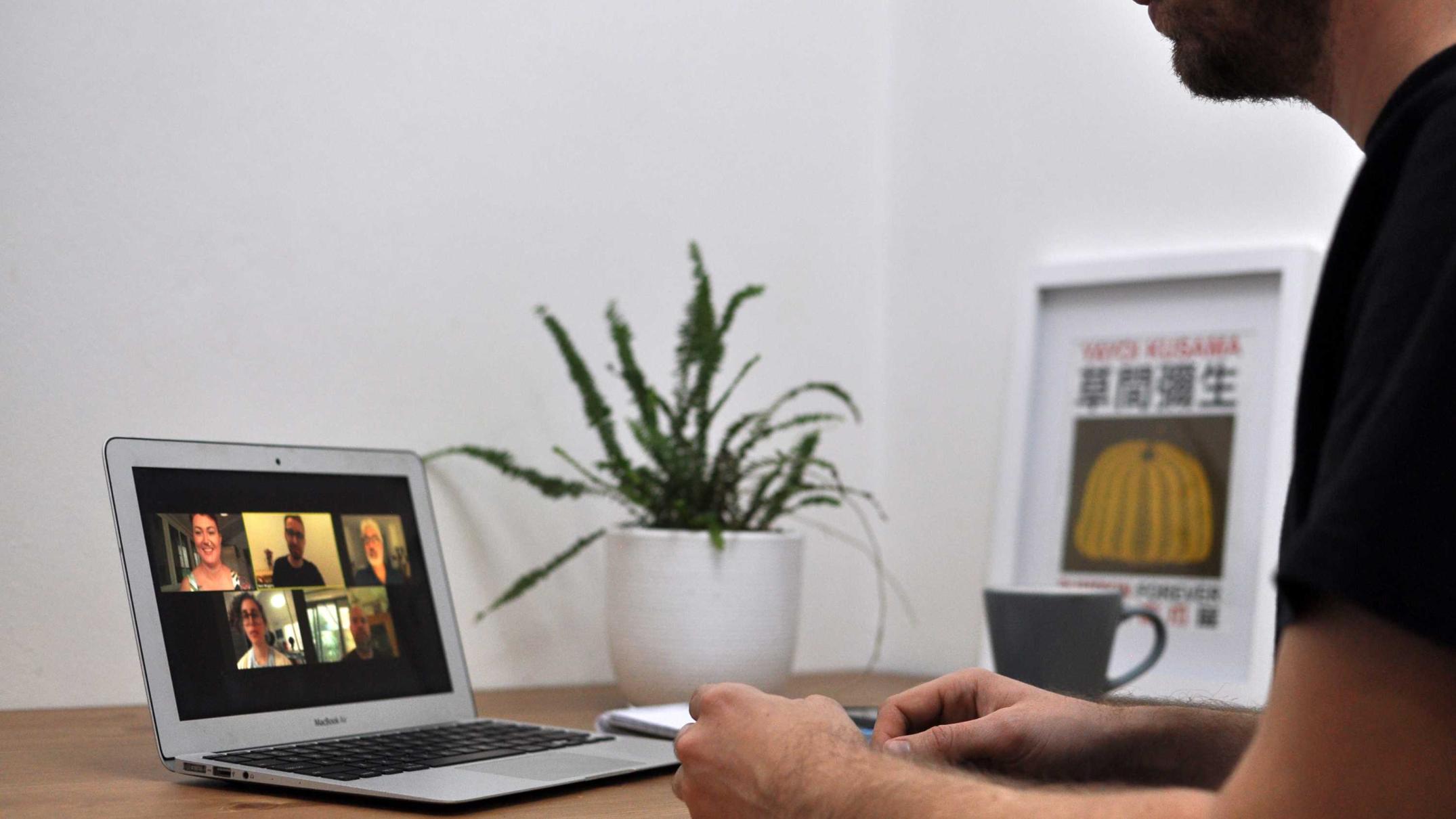With office vacancies increasing and a major bank advertising more than 100 work-from-home (WFH) positions, an expert is warning that a health and safety minefield is looming for employers who have chosen to ditch the office.
Key points:
- Australia’s work-from-home trend is expected to continue once the pandemic is resolved
- A workplace law expert has warned there could be complications surrounding employer health and safety obligations
- The Property Council of Australia has revealed an increase in office space vacancies in the six months to January
National Australia Bank last week started advertising 150 remote call centre positions in South Australia, which Personal Bank executive director Kieren Perkins said represented a change from recruiting to its main offices in Melbourne and Sydney.
Mr Perkins said there were “swings and roundabouts” from a business perspective for working remotely because despite reduced office costs NAB still had to supply home office equipment and there were increased costs to train and support remote staff.
“From an employee perspective, there’s no real difference,” the Olympic gold medallist told ABC Radio Adelaide.
Compensation complications
University of Adelaide workplace law and relations professor Andrew Stewart said one challenge facing employees recruiting WFH staff would be compensation.
“Where do you start trying to draw boundaries between what’s in the course of your employment and what isn’t?” he said.
“If I go and make myself a cup of coffee and spill it on myself, is that an injury in the course of my employment because I happen to be notionally working at the time and just taking a break?”
He said similar questions had been an issue for staff visiting conferences or events connected to their role or travelling to and from a work.
Mr Stewart expected the area to become “even more tricky” as people continued to work from home.
“There’s also going to be issues around the application of health and safety laws, as in, what duty does your employer have to make sure your work place – that is, your own home – is a safe place to work?” Mr Stewart said.
“These aren’t straight-forward matters at all, but we’re going to have to confront them a lot more regularly because it really does seem that one big impact of the pandemic is going to be an increase of working from home.”
Mr Perkins said it was an area the industry as a whole was “grappling with” as it sought to ensure staff had the “safest and most appropriate work space” to fulfill their roles.
“We still need different mixes of office space, because we do try and get staff to come in and work face-to-face every now and then,” he said.
Office space vacant
The Property Council of Australia’s Office Market Report on Friday revealed that office vacancy across the country increased from 9.6 per cent to 11.7 per cent in the six months to January — the biggest jump since January 1997.
CBD vacancies lifted 9.2 per cent to 11.1 per cent.
Chief executive Ken Morrison attributed most of the glut to new spaces coming onto the market rather than the pandemic response.
“While it was not a surprise to see office vacancies increase in the middle of a pandemic, it is the new supply of office space that is responsible for three quarters of this impact — not reduced tenant demand,” he said.
He also cast doubt on the idea that a long-term WFH trend was emerging in the cities.
“Despite talk of a flight from the CBD in response to COVID-19, non-CBD markets also saw notable increases in vacancy, indicating that widespread health restrictions across all workplaces and the economic downturn caused by the pandemic were strong prevailing influences, rather than an aversion to CBD offices,” Mr Morrison said.
“As our office markets adapt to a COVID-normal setting, business and government have a critical role to play in supporting the return to office workplaces and helping more people come back to office precincts.”
A University of Sydney Transport Opinion Survey conducted late last year found that three out of four workers believed that their employers would be likely to support them working from home after the pandemic.
It found that employees living in metropolitan areas worked from home more than those in regional areas and that most respondents wanted to continue working remotely about two days a week once the pandemic was resolved.




